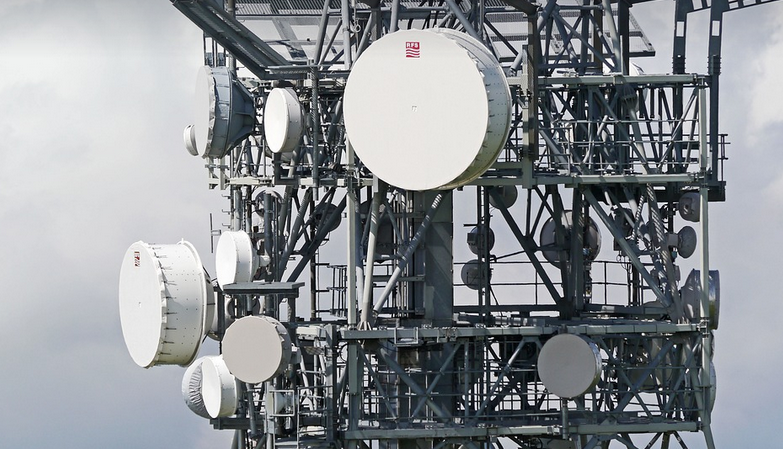Understanding the Basics
The 2008 Nissan Maxima, a popular mid-size sedan, featured a continuously variable transmission (CVT) known for its smooth and fuel-efficient operation. But what exactly is a CVT, and how does it differ from traditional automatic transmissions?
In essence, a CVT constantly adjusts gear ratios to optimize power transfer based on driving conditions. Imagine a bike shifting between gears seamlessly; the CVT mimics this dynamic response. Unlike conventional automatics that abruptly shift gears at predetermined points (like an old-school automatic transmission), CVTs allow for smoother transitions, reducing gear changes and resulting in enhanced fuel efficiency.
CVT transmissions are renowned for their ability to improve fuel economy compared to traditional automatic and manual transmissions. This is because CVTs can keep the engine at a constant speed even under heavy acceleration or while cruising on level ground.
The 2008 Maxima came equipped with a CVT, offering a blend of comfort, efficiency, and responsive driving experience. It was also lauded for its robust build quality and sleek design, making it an attractive choice for commuters and families alike.
While the CVT offered numerous benefits, some drivers found the initial “jerky” feel when starting from a standstill to be a bit jarring (think of a bike pedaling on a slight incline). This is because CVTs need a little extra help getting moving; they do not have a “stop/start” process like traditional automatics.
However, this “jerkiness” is often outweighed by the advantages of CVT systems. As you accelerate or stop, the transmission smoothly adjusts gear ratios for optimal efficiency and smooth driving experience.
Technical Deep Dive
The 2008 Nissan Maxima’s CVT system was quite sophisticated in its own right. It offered a unique blend of features that contributed to its overall performance:
**Advanced CVT Design:** The 2008 Maxima boasted a CVT with fewer moving parts than its counterparts, leading to reduced friction and improved efficiency. This allowed for smoother driving experiences and better fuel economy compared to traditional automatic transmissions.
**Multiple Gear Ratios:** While the CVT system allows for near-infinite gear ratios, this specific model had multiple pre-programmed gears that were adjusted in real-time based on engine speed, driving conditions, and driver input. This ensured optimal power transfer and efficiency at all times.
**Variable Geometry System:** The 2008 Maxima’s CVT relied on a variable geometry system to manage the transmission’s operation. This innovative system allowed for efficient power delivery and reduced friction during acceleration or deceleration.
**Engine Integration:** The engine was closely synchronized with the CVT system, allowing for seamless gear transitions. The engine worked in tandem with the CVT to maximize efficiency, minimizing fuel consumption while delivering a smooth driving experience.
**Electronic Control Unit (ECU):** This is the brain of the operation! It’s responsible for monitoring various factors like speed, load, and driving conditions, then sending instructions to the transmission to adjust gear ratios in real-time.
**Quiet Operation:** One of the most significant advantages of a CVT is its quiet operation, which contributes to a smoother ride experience. This was especially noticeable in the 2008 model thanks to the advanced CVT design.
**Sensor Feedback:** The CVT system utilizes various sensors to monitor essential parameters like engine speed, RPMs, and vehicle speed, allowing for seamless gear adjustments based on real-time inputs
**Adaptive Control:** For some models, you might even encounter a feature called “adaptive control.” This technology takes into consideration the driving style and environment. It helps the CVT to anticipate your needs, ensuring optimal power delivery at all times.
Pros & Cons: A Balanced View
While the 2008 Nissan Maxima’s CVT offered several advantages, there were also some potential drawbacks:
**Acceleration:** Some drivers found that the CVT’s acceleration response to be slower than a traditional automatic transmission. This is because the CVT requires more time for the engine to reach optimal gear ratios.
**Initial “Jerky” Feel:** While not as prevalent as in older models, some drivers might still experience a slight initial “jerky” sensation when accelerating or decelerating from a stop. This is due to the nature of CVTs.
**Maintenance:** CVT systems are known for requiring regular maintenance checks and fluid changes. However, this can vary based on your driving habits and conditions.
**Overall:** Despite some minor drawbacks, the 2008 Nissan Maxima’s CVT transmission was a significant advancement in automotive engineering at its time. It offered a unique blend of efficiency, performance, and comfort that continues to be popular today.
**A Lasting Legacy:** The innovative CVT technology has since been incorporated into many other vehicles. Nissan’s commitment to this technology helped revolutionize the way we approach driving.
Conclusion: A Timeless Choice
The 2008 Nissan Maxima’s CVT transmission was a significant technological leap forward, and it continues to hold its own on the road today.
For those seeking an efficient and comfortable driving experience, the 2008 Maxima’s CVT remains a reliable choice. If you are considering buying one, remember to consider your individual needs, driving preferences, and budget before making a decision.
Whether looking at a used or new model, knowledge about its transmission is paramount for ensuring a smooth and enjoyable ownership experience.
Remember, the 2008 Nissan Maxima with its CVT offers a unique blend of performance and fuel efficiency. With proper maintenance and care, you can enjoy years of reliable driving experience.

